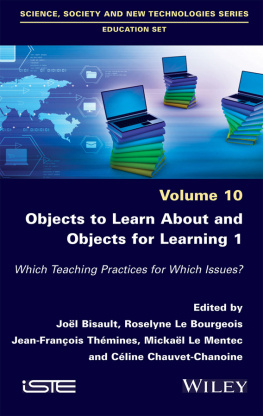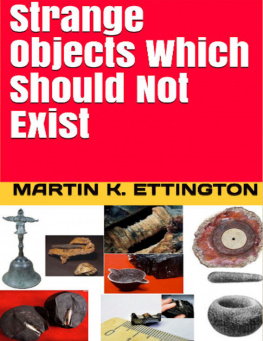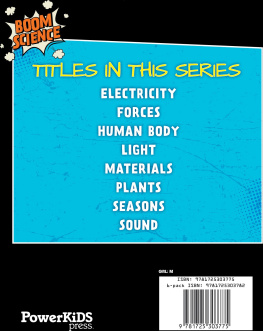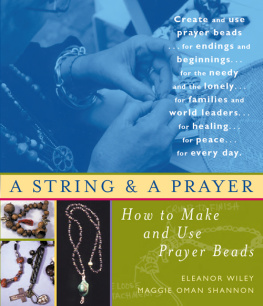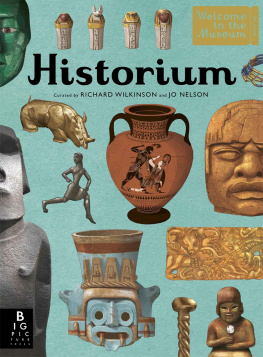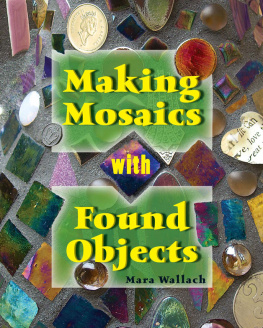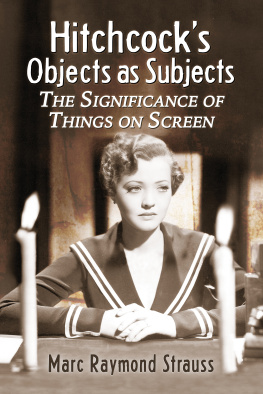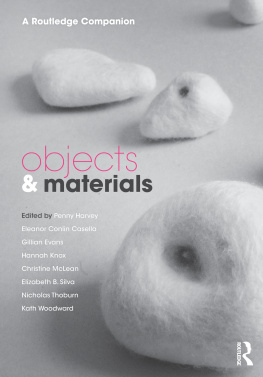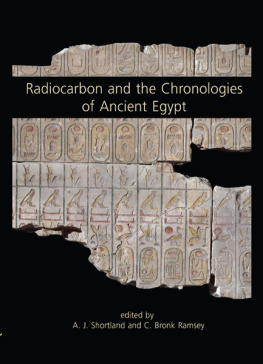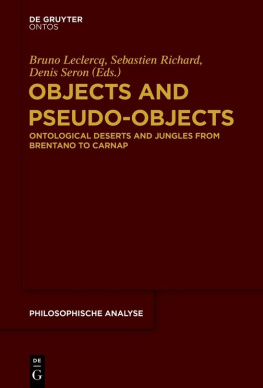List of figures
Cover image: Overview, at an angle, of the objects analysed for this study. Photo: author. Courtesy Trustees of the British Museum.
Figure 1: Map of Egypt showing the sites discussed. Map: author.
Figure 2: The objects in the collection of the British Museum, analysed for this study. Photo: author. Courtesy Trustees of the British Museum.
Figure 3: Calcite ear stud EA 2712 (British Museum). Photo: author. Courtesy Trustees of the British Museum.
Figure 4: Faience ear stud EA 59306 (British Museum) from Amarna. Photo: author. Courtesy Trustees of the British Museum.
Figure 5: Wooden ear stud excavated in the Main City at Amarna. Find number 24/1033. Archive reference number TA.OC.23-24.1033. Courtesy of the Egypt Exploration Society.
Figure 6: Lady Mi, ca. 1390-1353 B.C.E. Wood, bone?, gold leaf, 6 1/8 x 1 3/4 x 2 1/4 in. (15.6 x 4.4 x 5.7 cm). Brooklyn Museum, Charles Edwin Wilbour Fund, 47.120.3. Courtesy of the Brooklyn Museum.
Figure 7: A disc bead being shaped by the author on a mandrel, using modern lamp-working technology. Photo: author.
Figure 8: The shape and components of the objects in the collection of the British Museum analysed for this study. Photo: author. Courtesy Trustees of the British Museum.
Figure 9: Tool marks visible at the top end of the shaft, below the disc of object EA 29258 (British Museum). Photo: author. Courtesy Trustees of the British Museum.
Figure 10: Ear stud, New Kingdom, Egypt. Glass, 1 x Diam. 7/8 in. (2.6 x 2.2 cm). Brooklyn Museum, Charles Edwin Wilbour Fund, 58.28.6. Courtesy of the Brooklyn Museum.
Figure 11: Modern reconstructions of a) a glass bead, similar to the ones discussed in the volume and b) an ear plug with a sealed frontal piercing. Photo and objects: author.
Figure 12: Object cards from the Amarna Archive of the Egypt Exploration Society, showing a variety of the glass objects discussed here, with their interpretations. Archive references: a) TA.OC.28-29.014, b) TA.OC.28-29.128, c) TA.OC.23-24.0124, d) TA.OC.23-24.0708, e) TA.OC.23-24.0956. Courtesy of the Egypt Exploration Society.
Figure 13: Excerpt from the 1923 object index, by W. B. Emery, of the Egypt Exploration Societys work at Amarna, showing an object catalogued as a Blue glass bead. Archive reference: TA.003.05. Courtesy of the Egypt Exploration Society.
Figure 14: Ear plug or Kohl applicator; Egypt; 1365-1347 B.C.; Glass, bronze; 14.7cm. Accession number 2003.155. The J. Paul Getty Museum. Digital image courtesy of the Gettys Open Content Program.
Figure 15: Zulu ear plug made of ivory, from KwaZulu-Natal, Nineteenth century. Af.3226 (British Museum). Courtesy Trustees of the British Museum.
Figure 16: Distribution map of the glass objects discussed in this volume at Amarna. Map: author.
Figure 17a: Type A1 of the glass objects in the collection of the British Museum, discussed here, based on decoration (Appendix 3: EA 67968, 16541, 29259, 29260, 29261, 35991, 16446, 66903a, 68535). Photo: author. Courtesy Trustees of the British Museum.
Figure 17b: Type A2 of the glass objects in the collection of the British Museum, discussed here, based on decoration (Appendix 3: EA 16443, 16444). Photo: author. Courtesy Trustees of the British Museum.
Figure 17c: Type A3 of the glass objects in the collection of the British Museum, discussed here, based on decoration (Appendix 3: 16445, 28258, 68531). Photo: author. Courtesy Trustees of the British Museum.
Figure 17d: Type B of the glass objects in the collection of the British Museum, discussed here, based on decoration (Appendix 3: EA 6270, 16442, 29262, 29263, 29269, 66093b, 68530, 68532, 68533, 68534). Photo: author. Courtesy Trustees of the British Museum.
Figure 17e: Type C of the glass objects in the collection of the British Museum, discussed here, based on decoration (Appendix 3: EA 29255, 29256, 29257). Photo: author. Courtesy Trustees of the British Museum.
Figure 17f: Type D of the glass objects in the collection of the British Museum, discussed here, based on decoration (Appendix 3: EA 29264). Photo: author. Courtesy Trustees of the British Museum.
Figure 18: Fragments of glass objects from Malqata. The Metropolitan Museum of Art, Rogers Fund, 1912 (acc. nos, clockwise from top left: 12.180.834; 12.180.836; 12.180.837; 12.180.814). Courtesy of the Metropolitan Museum of Art.
Figure 19: Overview, at an angle, of the objects analysed for this study in the collection of the British Museum. Photo: author. Courtesy Trustees of the British Museum.
Figure 20: A selection of the objects in the collection of the British Museum, discussed here, as illustrated. Drawings: author. Courtesy Trustees of the British Museum.
Figure 21: A bead makers workshop, from the tomb chapel of Sobekhotep at Sheikh Abd el-Qurna (TT63). Eighteenth Dynasty, reign of Thutmose IV. EA 920 (British Museum). Courtesy Trustees of the British Museum.
Figure 22: Ear- or hair-ring EA 57513 (British Museum) from Amarna, Eighteenth Dynasty. Photo: author. Courtesy Trustees of the British Museum.
Figure 23: Patches of residue on object EA 16442 (British Museum). Photo: author. Courtesy Trustees of the British Museum.
Figure 24: Patches of residue on object EA 16443 (British Museum). Photo: author. Courtesy Trustees of the British Museum.
Figure 25: Bead EA 7704 (British Museum). Photo: author. Courtesy Trustees of the British Museum.
Figure 26: Bead EA 7777 (British Museum). Photo: author. Courtesy Trustees of the British Museum.
Figure 27: Block statue of Ptahmose, High Priest of Ptah in Memphis, Eighteenth Dynasty. Inv.-No. 41790-ME1790. By permission of the National Archaeological Museum of Florence (Regional Directorate of Museums of Tuscany).
Figure 28: Menit necklace from Malqata. Eighteenth Dynasty, reign of Amenhotep III. MMA acc. no. 11.215.450, Rogers Fund, 1911. Digital image courtesy of the Open Access Program of the Metropolitan Museum of Art.
Figure 29: Menit necklace from House U36.34 at Amarna. Eighteenth Dynasty, reign of Akhenaten. From F RANKFORT , P ENDLEBURY , City of Akhenaten II , pl. 36, 3. Courtesy of the Egypt Exploration Society.


